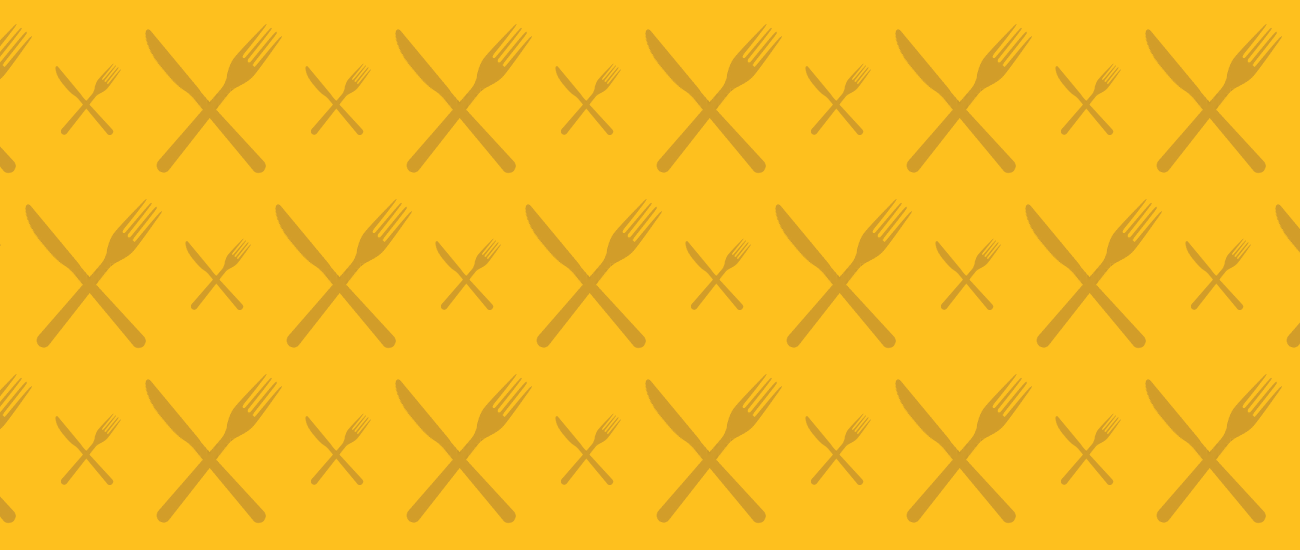By Samuel Fromartz
Chews Wise has been notably silent over the past few days. Such is the life of an itinerant blogger. A sustainability conference took me to the Monterey Bay Aquarium on the central coast of California and the talk – and the fish – were too engaging to otherwise post.
For those who haven't visited the aquarium, I highly recommend it. One evening, after the conference had concluded, and dinner was done, I sat upstairs in front of a giant glass wall (perhaps 60 feet wide and 20 feet high) staring into a blue expanse of water that faded into the distance. From the dark interior, giant blue fin tuna would appear suddenly and then circle around, occasionally flicking their fins and darting forward at incredible speed. Others swam around slowly amid the other species. The room was darkly lit, accentuated by quiet music to create a meditative mood.

Blue fin tuna at the aquarium
I sat there for a half-hour marveling at the blue fins, whose population in the oceans is fast dwindling. So much is being harvested so fast that prices are falling and frozen fish are being stockpiled even as the population collapses. So this is how the other 80 percent of the earth lives … or has lived. (For this reason, I also highly recommend the aquarium's Seafood Watch wallet card on smart choices in seafood.)
The conference was engaging, focusing not just on seafood, but also agriculture, energy use in food systems, and the issues of scaling up sustainable practices (a panel I moderated), and punctuated by keynote talks. One by Fred Kirschenmann from the Leopold Center for Sustainable Agriculture in Iowa, stuck out for its cogency. Kirschenmann, a longtime organic grain farmer and philosopher, made the
point that sustainability was more of an ideal than a set of
procedures. Akin to Justice, say. And despite farming now for decades,
he hasn't reached the ideal on his farm, but was always reaching for it. The
point was well taken, for he's talking about an evolutionary process.
In too many green endeavors, organics included, the focus has been on
meeting the lowest-common denominator required by law. That
bar is necessary to prevent some who would rather not meet it from
passing off their products, fraudulently, as green. But what's
forgotten is that the bar is a bare minimum to say, in effect, 'you're
on the path.' It's a beginning, not an end.
That has certainly been the case with organic farming, which I've argued was envisioned as a post-industrial method of
farming that progressed forward. It wasn't a return to some
pre-industrial idyllic past. Innovation has been paramount and methods improved largely by pragmatic farmers trying to do it right.
But the question that organic and other sustainable movements will face
in the years ahead is whether they can move forward and simultaneously
ratchet the bar higher. In this way, sustainability not only spreads,
but is refined and improved. The worst-case scenario, of course, is
something quite different – a lowering of standards or a fight against
improvement – and there is a risk of that happening too. Some argue
that has happened, but I am not so pessimistic. I don't think we need
to throw out the entire regime and start from scratch.
Many farmers have eschewed the organic label, arguing they are more
'sustainable' or 'beyond organic.' But without knowing more about their
individual methods and day-to-day choices, I'm not really certain what
that means. As one moderator said at the conference, sustainability may
mean putting two solar panels on the roof and nothing more. Although
I'm sympathetic to the gripes about the cost of certification and the
time involved in record-keeping, I still want to know what producers
mean by the terms they use and whether their practices are recognized.
Otherwise, I fear that their self-defined regime won't even meet an accepted base
level. And without getting to the starting
gate, there's no room to improve. As Kirschenmann said, sustainability is a process, an ideal, but it still needs a foundation to build upon.
 When I interviewed Michael Oshman of the Green Restaurant Association (GRA) recently for a Wall Street Journal story, he mentioned that the restaurant industry is the largest consumer of electricity in the U.S. retail sector. It also accounts for half the food budget of the average American. No doubt that's a hefty footprint, but good restaurateurs are known for being nimble, and can adapt changes quickly.
When I interviewed Michael Oshman of the Green Restaurant Association (GRA) recently for a Wall Street Journal story, he mentioned that the restaurant industry is the largest consumer of electricity in the U.S. retail sector. It also accounts for half the food budget of the average American. No doubt that's a hefty footprint, but good restaurateurs are known for being nimble, and can adapt changes quickly.

